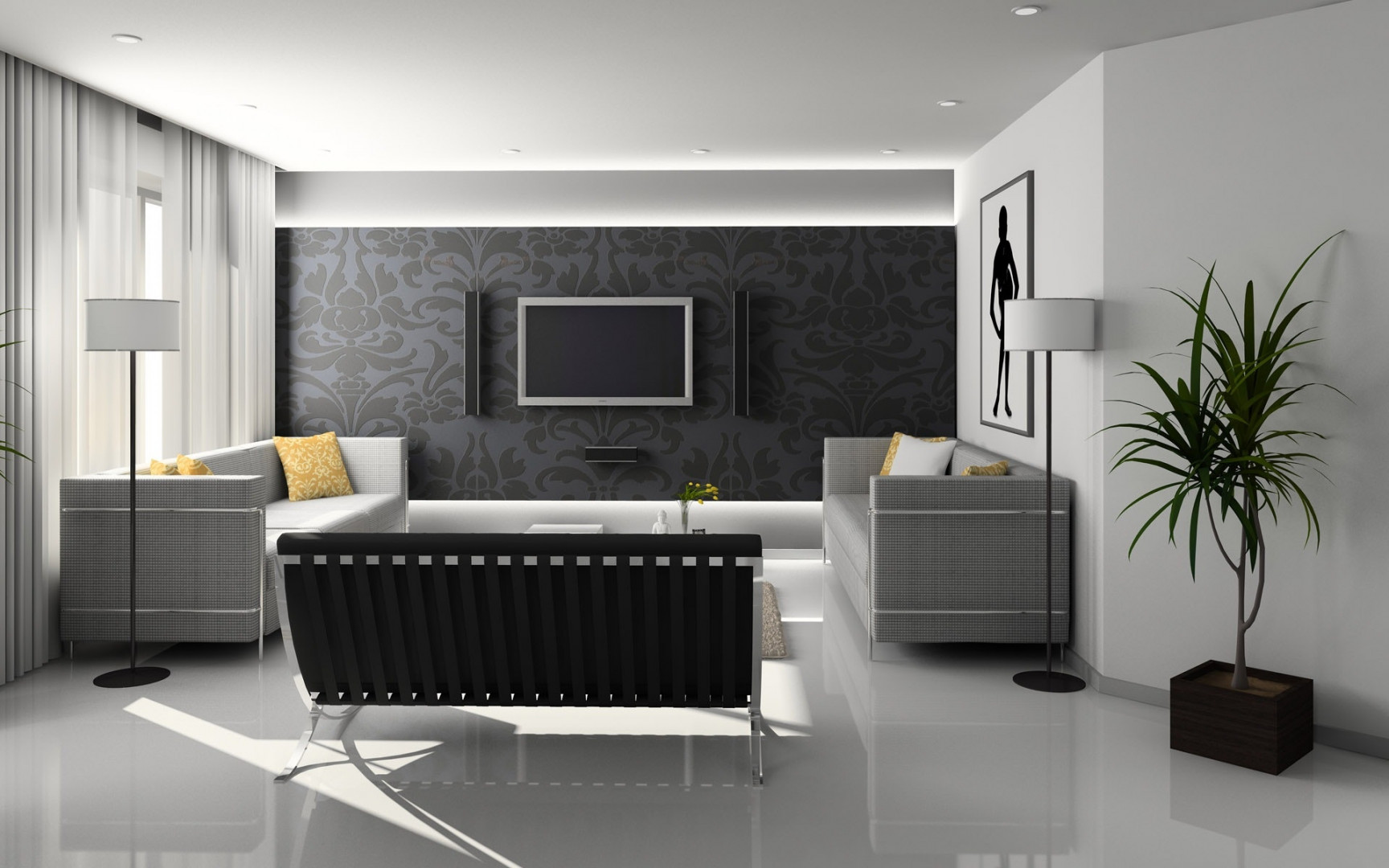2985 Dougall Ave, Windsor, Ontario, N9E 1S1


The “For Sale” sign is up. You’ve completed the big projects and the little tweaks, so you’re hopeful your efforts will pay off with a quick and profitable offer. But now comes the most critical part of the home-selling cycle: the day of a showing or an open house. A negative first impression can directly translate into dollars off a full asking price. Before opening the door to potential buyers the day of a showing, follow these tips from top Realtors and stagers all over the world.
1. Detach from the stuff.
Home experts agree the first and most important step to a successful listing is
Letting go of the emotional connections to the items inside the home will make you
Don’t forget: Foyer tables, fireplace mantels and refrigerator doors are popular display spots for loads of personal items like holiday cards, children’s artwork, pictures and trophies. Pare down or clear off these spots for showings.
2. Make sure it looks clean.
Cleaning seems so obvious, and is inexpensive, but the lack of it is one of the biggest complaints agents hear. Hopefully, you’ve done the big scrub leading up to open-house day: carpets steamed, floors mopped, windows wiped, appliances scoured. But on the day of a showing, don’t overlook little details like crumbs on the table from breakfast, toothpaste remnants in sinks, half-full trash cans on display and dust bunnies in rooms you don’t frequent. Do a quick walk-through with a duster, reaching into recessed lights and corners, suggests Charlie Buckley, associate broker at Mr. Waterfront Team at Long & Foster Real Estate in Annapolis, Maryland.
Straighten the bedspreads in all the rooms, put away loose shoes in hallways and tuck away pet beds and bowls, Buckley says.
For added visual appeal and a more spa-like vibe, switch to new, clean towels just before a showing, say
Don’t forget: Wipe down surfaces that people would naturally touch, such as stair banisters,
3. Make sure it smells clean too.
Besides a home’s visual appeal, nothing triggers more comments than scents. Diffuse cooking, pet and musty odors by airing out the home with open windows or air purifiers.
Comforting smells,
But beware of strong spray scents, candles or other products. “Don’t leave plug-in air fresheners around your home. Some people are allergic to scents, and it only highlights that you have an odor problem,” says Monique Shaw, chief designer at Homes Sold Beautifully in Calgary, Alberta.
Don’t forget: Pet foods, toys, litter boxes and blankets may have distinct smells. Stow these items or take them out of the house during showings.
4. Remove sight-line impairments.
Artists, architects and designers
Though many rugs add warmth and color, consider rolling them up if they break up a room disjointedly or if they obscure attractive selling points
Have bins or baskets on hand to clear off countertops, floors, tables and desks. “It’s a lot easier to put away one or two small bins than it is to have to find a spot for 15 different toiletry items,” says Annie Pinsker-Brown, owner of Stage to Sell in Los Angeles.
Don’t forget: Store tablecloths and dish towels to
5. Improve traffic flow.
Over time, homeowners become desensitized to what their possessions look like and where they
Walk through each room and determine if the furniture arrangement contributes to a comfortable flow and use of space, or if it
Don’t forget: Too little furniture can be just as bad as too much. A tiny couch in a large family room might prompt buyers to worry they’ll never be able to furnish the whole space. If needed, repurpose pieces from spare rooms
6. Create the “Goldilocks Effect.”
No matter what time of day or year, the home’s temperature, lighting and noise levels should be just right during an open house. Room temperatures should be not too hot and not too cold. Blinds, shades and drapes should be open, and lights should be on, says Margaret Melvin, a Columbia, Maryland, associate broker at Prudential
Don’t forget: Let in pleasant ambient sounds, from birds chirping outside to a soothing water feature. Calming music in the background, high enough to hear but low enough to not overwhelm, can do wonders, Nakkach says.
7. Be strategic about handouts and valuables.
Documents about the home, especially with attractive photos, should be readily accessible. “I prefer that property brochures and information are in the foyer area,
Whether it’s an invitation-only showing or a large opening for the masses, it’s important to safeguard valuables, personal information and sensitive items. Stow small items like electronics, jewelry and prescription medications, and protect financial statements and documents, recommends Pinsker-Brown.
Don’t forget: “Shut off and password-protect computers too,” Pinsker-Brown adds.
Courtesy of Houzz.com
